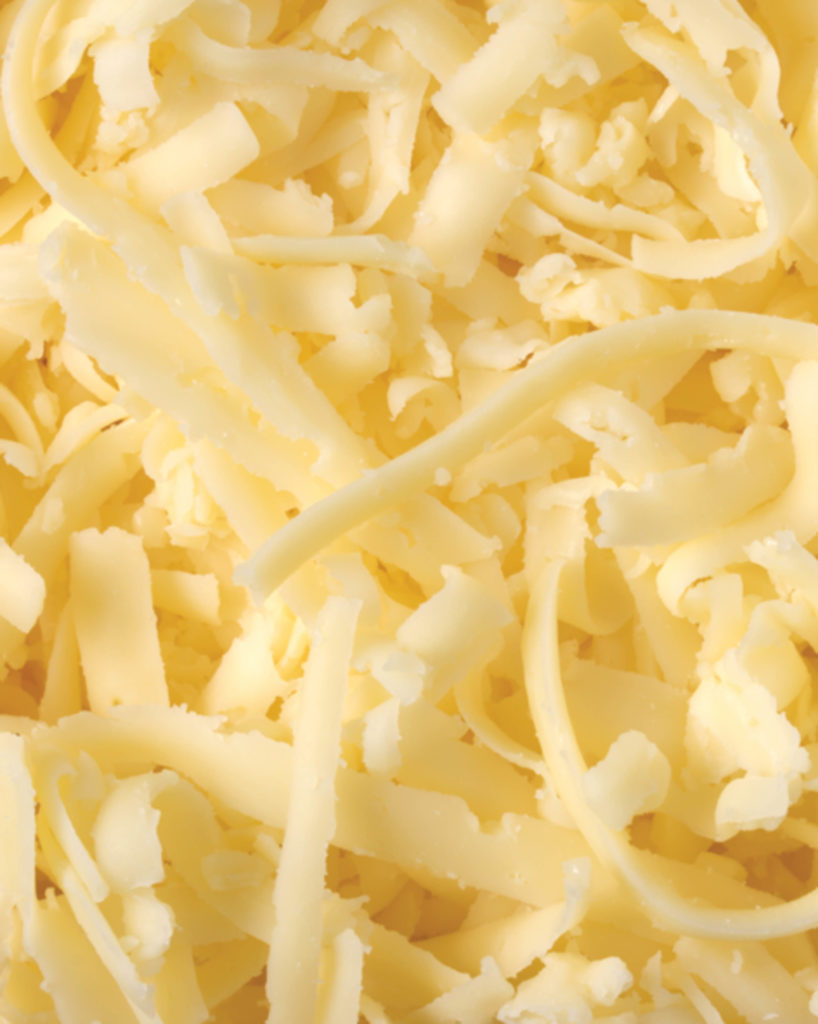Cheese Oversupply Brief:
- Stockpiles of cheese in America are higher than ever, according to The Wall Street Journal. Cold storage facilities are packed to the brim with about 1.4 billion pounds of Swiss, cheddar, American and more.
- This surplus has caused prices to drop — just as Mexico and China imposed tariffs that dealt a blow to exports. Market prices for blocks of cheddar dropped about 25% this year from 2014, and barrels used for processed cheese fell 28%.
- The glut is bad news for farmers. As cheese and milk prices have plummeted over the past four years, dairy farmers are struggling to keep up. Milk prices have dropped 40% from 2014 and more than 600 dairy farms have closed this year in Wisconsin, according to The Wall Street Journal.
Insight:
The cheese surplus has a lot to do with fluctuations and pressures in the international dairy milk markets. Milk prices peaked in 2014 in part thanks to increasing demand from the growing middle class in China. Dairy farmers expanded their herds and profits were substantial.
But then the dynamics shifted. A slowdown in the Chinese economy exerted pressure on domestic and European markets alike. Russian sanctions didn’t help either. With more cheese staying stateside, cheese makers are now left with fewer sales outlets — causing a crisis in the industry.
Simultaneously, consumption of milk has steadily declined, particularly as alternatives like nut milks have exploded. When dairy farms can’t sell their milk in liquid form or get the prices they need to support their bottom lines, they send it to cheese makers. Once transformed into blocks or barrels of cheddar, milk lasts longer.
But it doesn’t last forever, and cheese makers are now grappling with the reality that more milk means more cheese. That excess cheese means lower prices, making it harder for cheese makers to turn a profit. The U.S. Department of Agriculture intervened in 2016 and purchased some $20 million worth cheese to distribute to food banks in an attempt to stabilize the market. But that didn’t do much in the long run. Two years later, dairy farmers and cheese makers are still up in arms, and it’s only gotten worse with Trump-era tariffs. Cheese exports to Mexico and China have fallen 10% and 63%, respectively, as each country has imposed retaliatory tariffs on American curd.
As the export market shrinks, tastes are changing. Some processed cheeses, such as American, have been shunned by younger generations. Consumers have wanted more than Swiss, Cheddar and American. But adapting to the increasingly mainstream demand for specialty cheeses isn’t an overnight operation for cheese makers. While some have doubled down on traditional cheeses, like American and cheddar, others are investing in the infrastructure to incorporate options like Alpine-styles, Fontina and Parmesan. Some worry, though, that they’ll face competition from international producers eager to control their own corner of the American cheese market.
Dairy farmers have been hit hard by this surplus. Faced with record-low milk prices, many have had no choice but to shutter and sell their herdsto ever-larger dairy operations. Nationwide, nearly 17,000 dairy farms have closed –– or about 30% of all operations. Simultaneously, the average herd size has grown by at least 50%. The market has grown even more difficult for small and mid-sized dairy farmers.
The current glut of cheese will only make it harder for dairy farmers and cheese makers alike. The Dairy Marketing Institute has partnered with several leading brands to devise ways to incorporate dairy, especially cheese, into their menus. And they’ve been successful –– like with cheese-stuffed Pizza Hut crusts and the Quesalupa, Taco Bell’s 2016 hit. Such efforts to get consumers to eat more cheese make a dent, but ultimately the problem has deeper roots.
Other retailers have tried to adapt by exploring the draw of specialty and artisanal cheeses. While prices for bulk, commodity cheese remain low, many see an opportunity in the appeal of farmstead, small-batch options. Kroger’s purchased the once-boutique New York-based Murray’s Cheese Shop last year. Now customers can find a range of international and domestic cheeses in the Kroger’s dairy aisle nationwide. More retailers could look to make moves like that to help the crisis. But as long as milk prices remain low and international markets volatile, cheese is likely going to remain cheaper –– and in abundant supply.
Recommended Reading:



